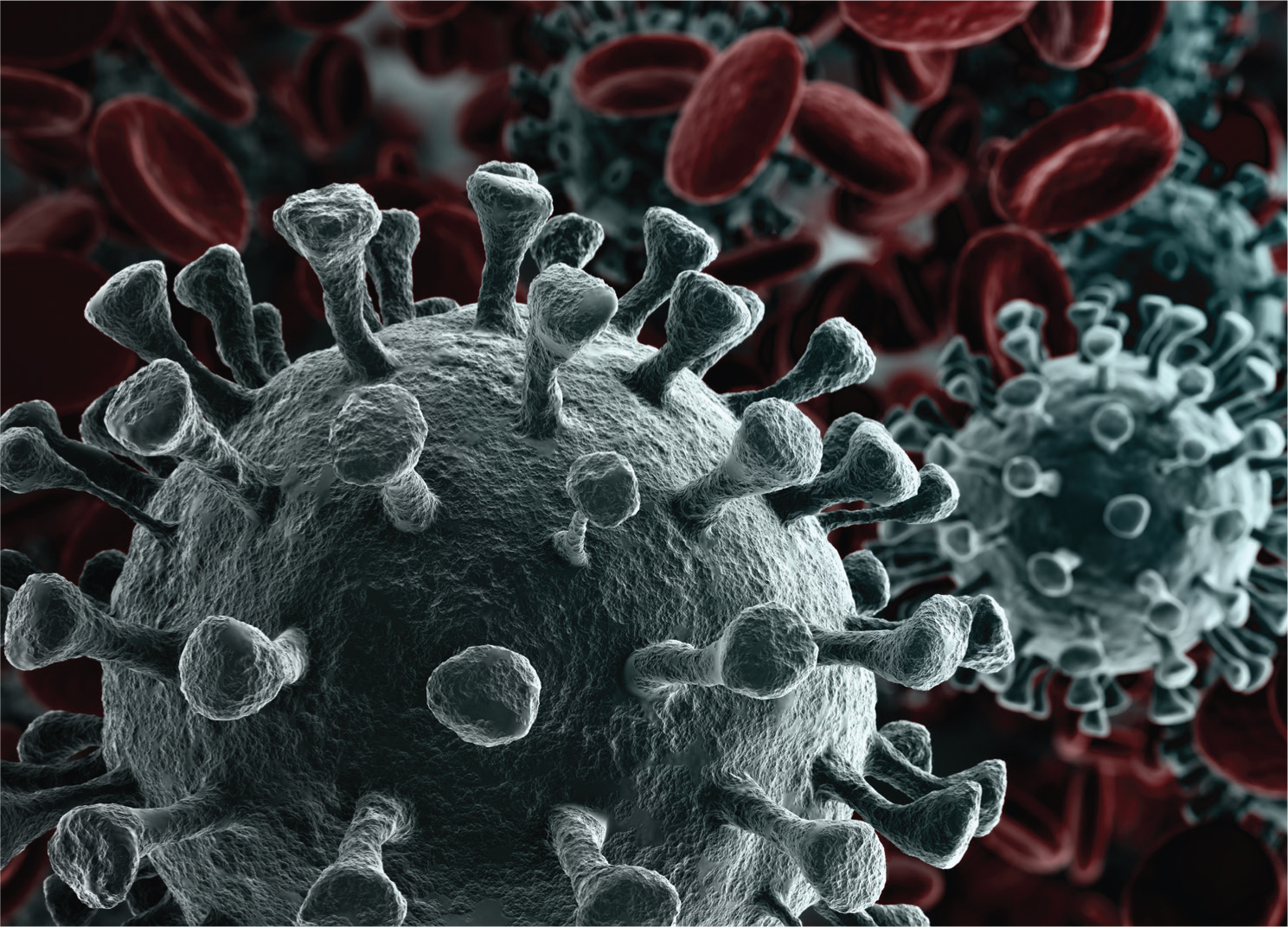Paramedics are at the frontline of healthcare delivery and this includes during the current coronavirus pandemic. The coronavirus poses specific problems for paramedics. These issues not only involve treating and transporting infected patients, but also decontamination and disinfection of ambulances and medical equipment.
Subjects such as personal protective equipment (PPE), coronavirus antibody testing and the specific pneumonia associated with the new and novel coronavirus will all be discussed in future issues of the Journal of Paramedic Practice.
An issue that needs to be urgently addressed now, however, is that of confusing the current coronavirus with the influenza virus: coronaviruses and influenza viruses are not the same and they both cause different diseases.
COVID-19
The epidemic of 2019 novel coronavirus (now officially called SARS-CoV-2) has expanded from its place of origin, Wuhan, in China, and is now being exported to a number of countries around the world. Some of these countries have seen onward transmission (Lipsitch et al, 2020).
SARS-CoV-2 is a virus in the zoonotic coronavirus family. This virus, previously unknown in humans, is what is now causing the clinical illness commonly referred to as: COVID-19. Zoonotic diseases are infectious diseases caused by spread from non-humans to humans (Torok, 2016). Coronaviruses cause respiratory and intestinal infections in animals and humans (Cui et al, 2019) but were not thought to be highly pathogenic to humans until the outbreak of severe acute respiratory syndrome (SARS) in 2002 and 2003 in Guangdong province, China (Cui et al, 2019). Like other coronaviruses, SARS-CoV-2 uses the angiotensin-converting enzyme 2 (ACE2) as a receptor (in order to gain entry into cells), subsequently infecting bronchial epithelial cells and lung cells called type II pneumocytes (Qian et al, 2013; Boniotti et al, 2016; Saif et al, 2019).
Signs and symptoms of SARS-CoV-2 include cough, pyrexia, and shortness of breath. Additional symptoms may include muscle aches, lethargy, runny nose and tiredness (NHS, 2020). A small percentage of infected patients (4%) may go on to develop severe, bilateral pneumonia, multiple organ failure, and death (European Centre for Disease Prevention and Control, 2020).
Influenza
Influenza is a different disease, caused by a different virus. Influenza is an infection caused by a member of the ribonucleic acid (RNA) orthomyxovirus family. It affects mainly the nose, throat, bronchi and, occasionally, lungs (Carter and Saunders, 2007; Torok, 2016). There are three types of influenza: A, B and C.
Type A influenza viruses are further typed into subtypes according to different kinds and combinations of virus surface proteins. Haemagglutinin (HA) and neuraminidase (NA) are large glycoproteins on the outside of the virus. HA mediates binding of the virus to target cells and entry of the viral genome into the target cell, while NA is involved in the release of new viruses from infected cells. The different types of HA and NA form the basis of the H and N distinctions in, for example, H1N1. There are 16 H and 9 N subtypes known, but only H 1, 2 and 3, and N 1 and 2 are commonly found in humans (Carter and Saunders, 2007; Torok, 2016). The signs and symptoms of influenza also include a cough, pyrexia (above 38o), shortness of breath and muscle aches.
The fact that SARS-CoV-2 (the virus which causes COVID-19) and the influenza viruses (which cause influenza) produce very similar signs and symptoms may account for why they are often mistaken for each other and why they are often compared to each other. The fact that COVID-19 emerged in the middle of a typical influenza season has also meant comparisons were made.
However, as previously stated; they are different. Unlike for influenza, no vaccine or antiviral agents are available for COVID-19 (Watkins, 2020). According to a recent World Health Organization report:
‘Compared to influenza outbreaks the (COVID-19) attack rate and burden of disease in children have been much lower and the secondary household attack rate has also been low. This is in sharp contrast to observations of a very rapid spread of the virus in confined situations as prisons or cruise ships and the high rate of healthcare-associated infections.’
Influenza is most contagious in the 3 or 4 days after symptoms begin, whereas data show that patients with COVID-19 are infectious while being asymptomatic (Du et al, 2020). Data from China also demonstrate that each coronavirus case seems to infect around 2 to 2.5 additional people. This is higher than for influenza. The average patient spreads the influenza virus to about 1.3 others (Huang, 2020).
The rate of hospitalisation for patients with COVID-19 is higher. According to Huang (2020), 80% of COVID-19 cases are mild to moderate and do not need hospitalisation. However, 20% of COVID-19 patients are serious enough to need hospitalisation. This is approximately ten times more often than in the case of influenza. In addition, patients with COVID-19 also (on average) spend twice as long in hospital than patients do with influenza (Zhou et al, 2020).
Infection control
Clinically effective infection prevention and control practice is an essential feature of protecting patients (Loveday et al, 2014). Evidence Based Practice for Infection control (epic3) is a set of national evidence-based guidelines for preventing healthcare-associated infections in NHS patients (National Institute for Health and Care Excellence (NICE), 2018), which are comprehensive recommendations for preventing infections in hospital and other acute care settings, including the prehospital setting.
Paramedics should familiarise themselves with such guidelines in an attempt to mitigate against the current COVID-19 pandemic. A sound understanding of the differences between COVID-19 and influenza will also prove beneficial.


